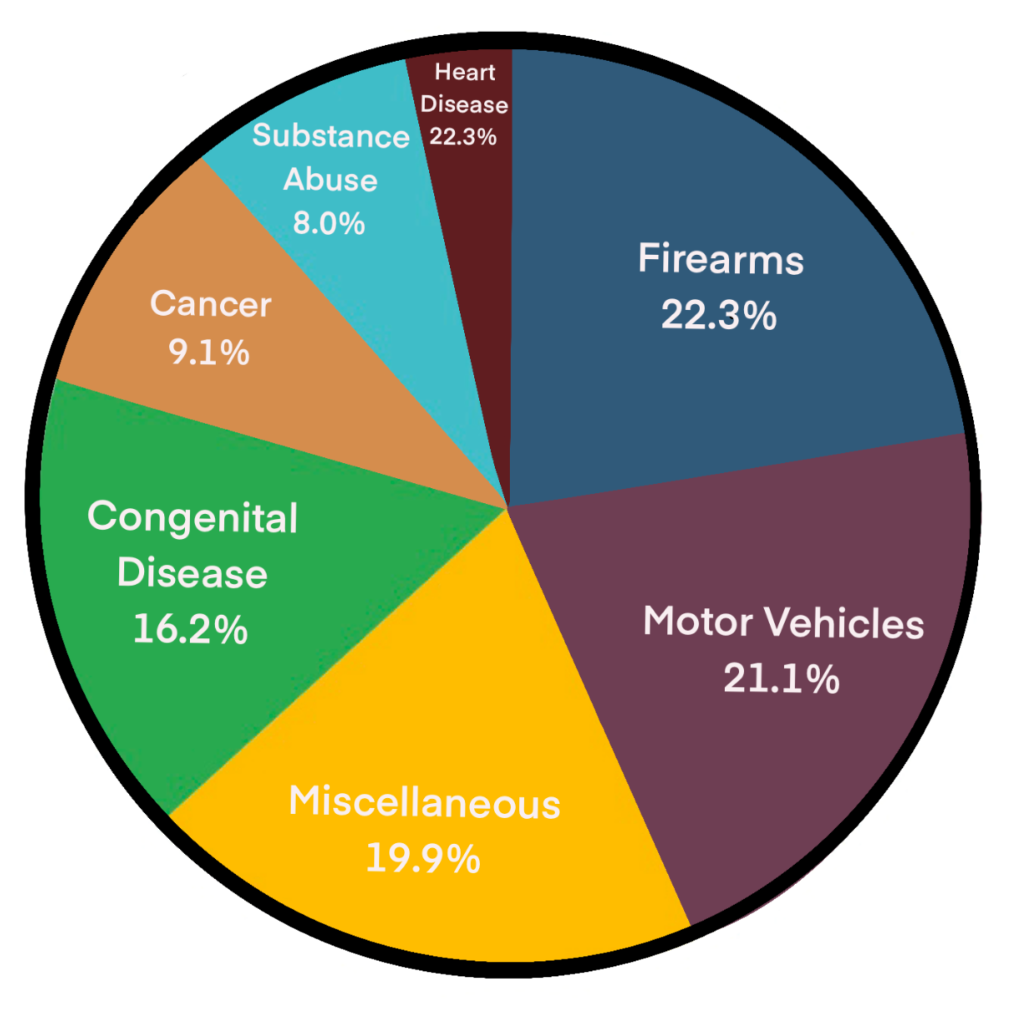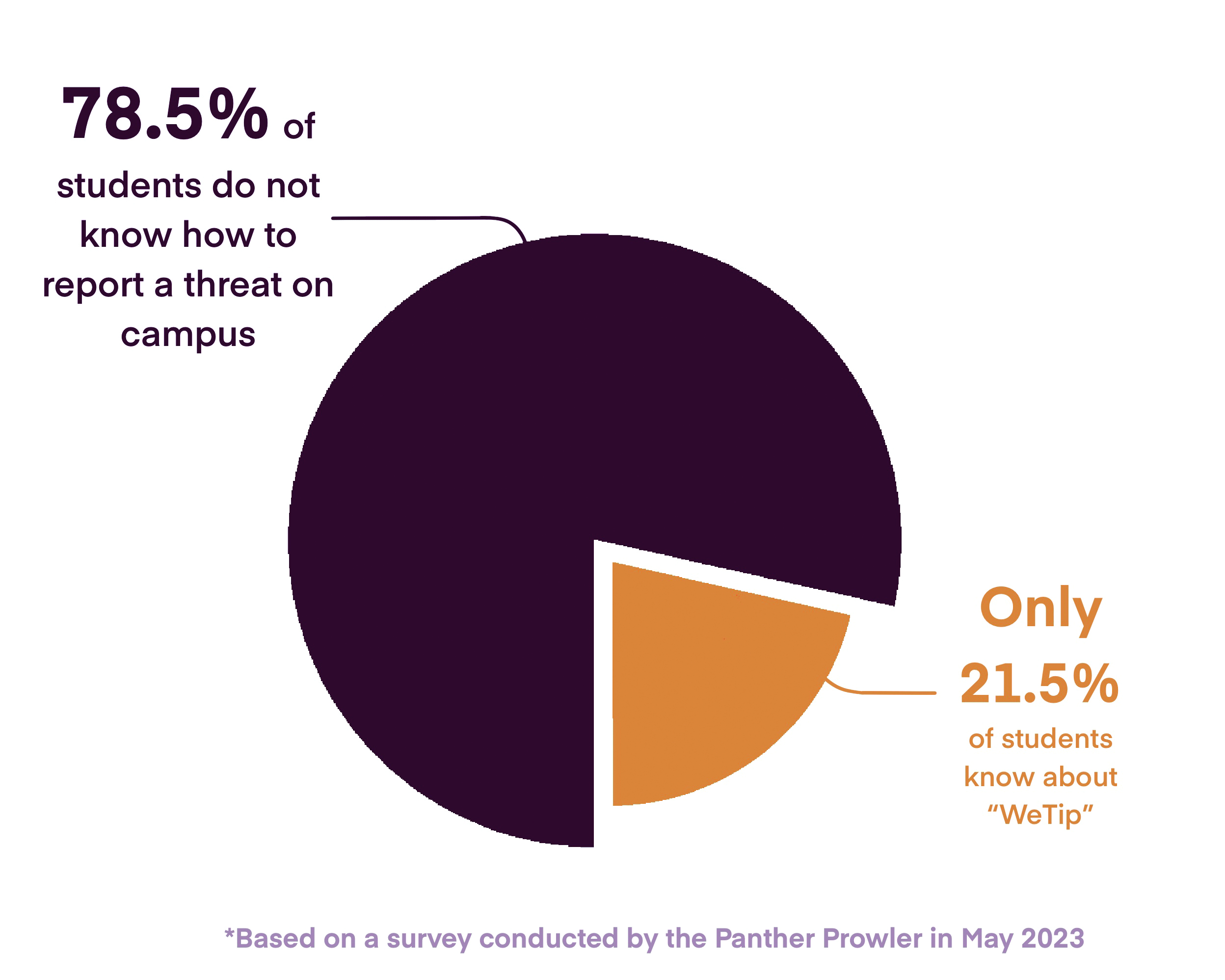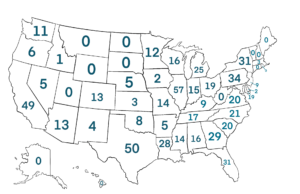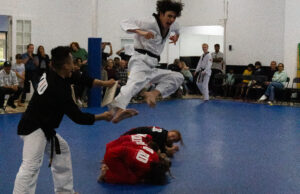Threat of gun violence looms over community
Across the United States of America, there is one issue that appears on the radio, in newspaper headlines and is broadcasted amongst news channels over and over. The impact on citizens of all ages, particularly children, in every state, is always outstanding, and over the past few decades, the frequency at which incidents of gun violence occur is confounding. While these emergencies often feel far from home, Newbury Park High School students and staff feel the effects through memories of Borderline and yearly drills that attempt to prepare for this crisis. Tragedy after tragedy, the original blow of a shooting makes headline news, but after the immediate shock wears off, the media quickly slows down. Yet, the occurrences are never-ending. There is no arguing that shootings are an epidemic in our nation, but their significance has not plateaued, in fact, this epidemic is still on the rise, more vicious than ever. As of June 2023, there have been more mass shootings than days in the year. America has prided itself as the country that provides safety and opportunity for its citizens, however the constant fear of death, and the necessity for active shooter drills on school campuses tells another story.
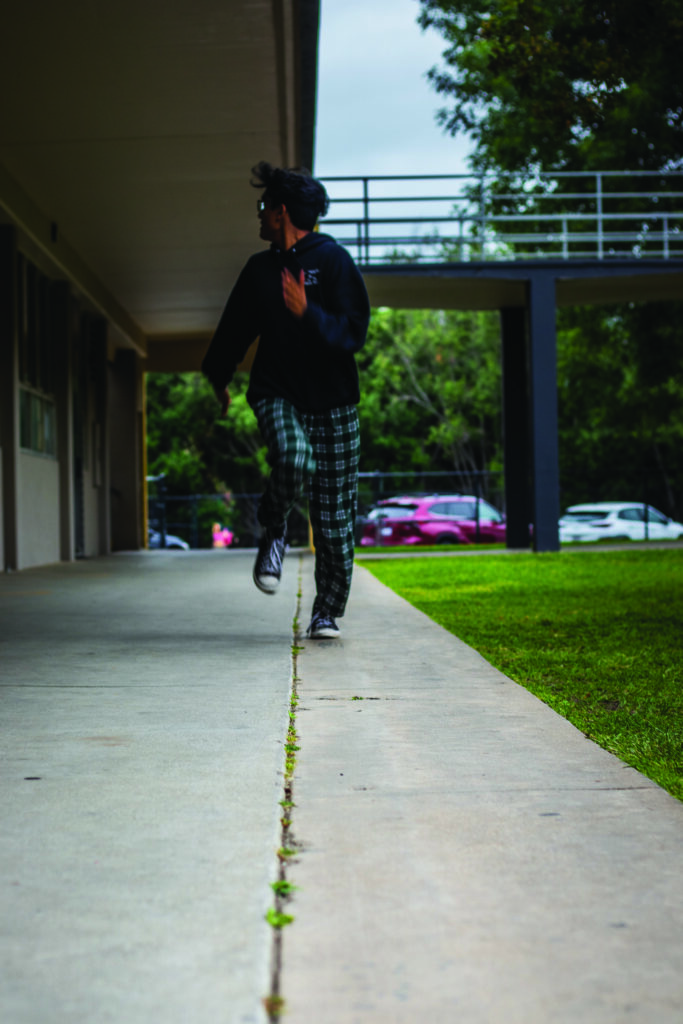
On campus
Despite never having experienced a school shooting, the fear still affects students and staff members. Seana Mekari, English teacher, faces this fear constantly and is always reviewing her plan of action if a threat becomes evident. “There’s not a day that goes by that I don’t think about what I would have to do in order to protect my students… because having a child at the school, I hope that my child’s teachers would do the same to protect my kid,” Mekari said.
Joseph Calaba, history and philosophy teacher, acknowledges that regardless of security and precautions, the possibility of an active shooter is both real and terrifying. Although the threat of violence is always prevalent, the idea of drastic changes, such as metal detectors and thicker walls, could ultimately cause agitation among the school community, making the school unnerving as opposed to the safe space it is supposed to be. “The protocol is fine. That’s not what makes me fearful…If a shooter wants to shoot a school, [they are going to] be able to do that. There’s nothing we can do short of creating a prison with huge, massive walls and screening people…And that’s just not a plausible scenario. And I don’t think I’d want to work in a prison-like environment. And I don’t think students would want to go to school in a prison-like environment,” Calaba said.
Kaleigh Catalano, ASL teacher, reported a concern to the district last year. “I think that a threat of any kind, whether it’s credible or not, should be taken extremely seriously. Not that our administration didn’t take it seriously. It’s more that I think that policy leaves a lot of room for gray area. And I feel like it should be more of a black and white type of situation rather than flexible in judgment,” Catalano said. Following the events of Dec. 17, Catalano was faced with the image of sheer panic from students first hand. “ They were afraid of what could be. And I think that fear of what could be is in the back of my mind every day,” Catalano said.
The safety of students and staff members at school remains a top priority, and several precautions have been put in place. On-campus school resource officer, Amanda Salas, oversees any possible threats or instances of shootings. Salas has been directly involved in the school’s safety plan for an active shooter, which has several working steps. “The sheriff’s department provides training to administration on active shooters, basically red flags to watch out for, things to document… We do drills, we give ‘what if’ type situations where the admin of your school has to walk you through the process of trying to solve these problems,” Salas said.
The security on campus also has made several changes to the protocol as school shootings become almost an everyday occurrence across the country. However, even with the number of shootings rising, so does the normalization within the community. “[When a school shooting first happens], everybody gets involved in like, ‘How can we try to prevent this? Let’s get more training… But then after time, it kind of [dissolves]…we should always, always be actively monitoring and trying to jump ahead of things,” Salas said.
Mekari explains that she generally feels safe, but sometimes the paranoia of the “what-if” starts to creep in. “I feel safe because I believe I live in a good community, but I also believe that all of the school shootings happened in good communities,” Mekari said. “I feel like I have almost a false sense of security sometimes. And only when I allow myself to think about it, which is on a daily basis, do I actually allow the fear to kind of creep in, you know, and it’s those moments where I’m like, ‘maybe I’ll shut the [classroom] door today.”
Activism
Karen Peters is the co-chapter leader of the Ventura County branch of Brady United Against Gun Violence organization. After the 2012 Sandy Hook shooting, Peters became involved in the fight against gun violence by joining prevention organizations such as Brady Center to Prevent Gun Violence. “Brady is a national organization that interacts with the individual chapters all over the United States, which are all made up of volunteers and they basically work to get legislation [trying to stop gun violence] passed,” Peters said.
A victory for the Ventura chapter was their successful campaign to eliminate gun shows at the Ventura Fairgrounds through Bill AB-1769, which was followed up by bill SB-915, which banned the sale of firearms on state fairgrounds. Peters highlighted the ethical implications of gun shows being hosted on state grounds. “Why should the state be making money on the selling of guns? Because the fairgrounds are state owned,” Peters said.
Peters also explains how these fairgrounds gun shows perpetuated a toxic gun culture. “Guns are sold, especially to young men, you know, it’s the macho thing,” Peters said. “They would say, [gun shows are] a very family-oriented thing.’ It’s not a family-oriented thing, It’s a sleazy awful place, to just get more guns. The [firearms] weren’t controlled well at all.”
Peters believes that the prevalence of gun violence in American society cannot all be directly attributed to mental health issues. “The more guns, the more killing. It’s the availability [of guns]. [The United States] really does not have more mental health problems [than] Europe or any other place, it’s just we have the availability of guns,” Peters said.
The story of the Ventura County chapter of the Brady United Against Gun Violence is an example of local communities coming together to attempt to stop the consequences of gun violence. By raising awareness and working with legislators, change can be made at a local level contributing to a safer society.
Students
Many students feel the constant threat of gun violence which can make attending school a stressful experience. Some situations have locally facilitated this anxiety, such as the Borderline shooting that took place in Thousand Oaks. The epidemic of shootings near and far in the United States have made students associate once normal situations, such as the sound of a fire alarm, to be the life-threatening occurrence of a shooting.
Evan Sussman, junior, recalled the recent internet challenge known as “National Shoot Up Your School Day.” Sussman was in his Spanish class when all of the sudden an ear-splitting fire alarm began blaring. “My head immediately went to Parkland,” Sussman said. “I just broke down like mentally, and I thought that was it…I texted my mom, I said something along the lines of ‘I think this might be it; I love you.’” Although there was no active shooter, the mindless prank was a grim reminder of the very real possibility that students may not return home.
The impact of school shootings continues to linger in the minds of students all across the country, NPHS being no exception. Samantha Heredia, sophomore, is not exempt from the fears of an active shooting. “I think that mass shootings have a large impact on students’ mental health. The thought of ‘will I get shot today?’ may be in the minds of students when they shouldn’t even be thinking of those possibilities. There are days when I am more scared than others to go to school,” Heredia said.
This constant bombardment of “Breaking News” or the“just-ins” of tragedies on school campuses across the country has left an expressionless face on many. Marianna Sierra, senior, is one of many young Americans who shares these feelings of numbness and desensitization. “At some point, I just stopped reacting to it because it was the only way to keep myself from being too mentally and psychologically affected by it,” Sierra said. “I’ve been witnessing all of this since elementary school, since at least like second grade, when my parents sat me down to talk about what happened at Sandy Hook, which was with kids my age at that time. And ever since then, it’s been all I could think about.”
After the Panther Prowler took a survey of 108 NPHS students in May of 2023, it became abundantly clear that many students were unaware of the new anonymous reporting systems the Conejo Valley School district has implemented this year called “WeTip.” Sussman praised the system but expressed some concerns. “It is a very good system. [The Student District Advisory Committee] was given a walkthrough of how to use it,” Sussman said. “My largest issue is that no one knows about it and students should be able to know about this system, which can help them.”
Many students are disappointed with how the government has managed gun violence. “It is so beyond frustrating for me and sad that the generation of the people that we put our trust into, to make our country safe, to make our lives better, and to to make this country functioning, they are ignoring you blatantly. They’re blatantly ignoring the fact that school shootings and gun violence is the number one cause of death of children this year. The truth is that something does need to change,” Sussman said.
